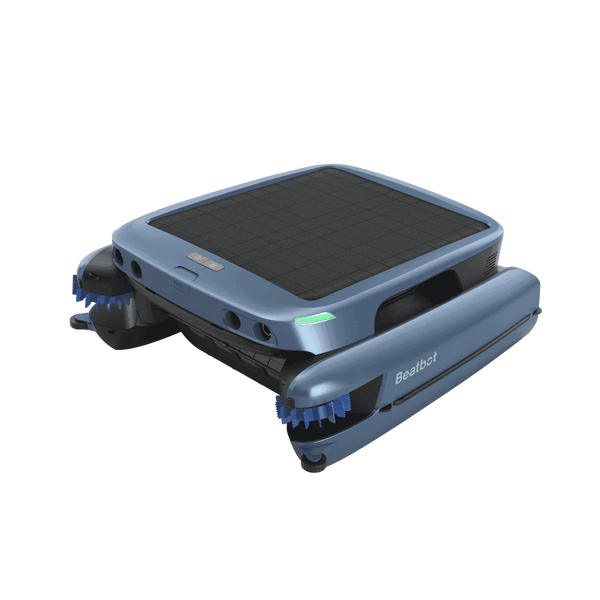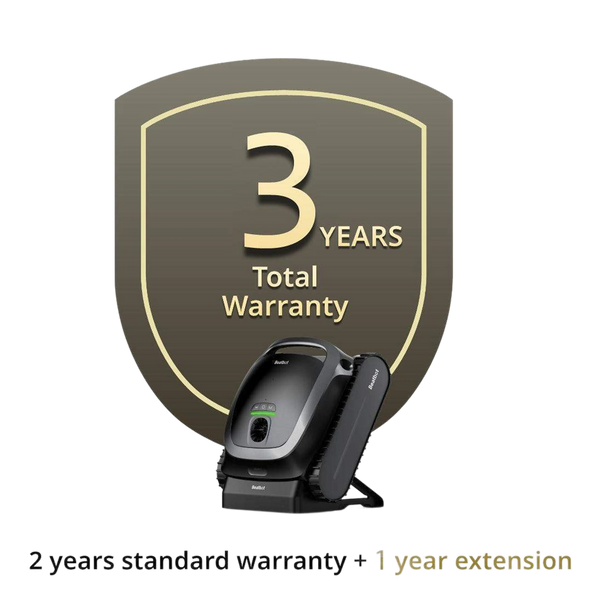Combating Algae in Pools: Chlorine Shock and Non-Scrubbing Methods
Pools are where relaxation and fun happen, but algae can really spoil the party. Algae problems are usually caused by low chlorine levels, poor water quality, or inadequate filtration systems. They can also be brought into pools on swimsuits or toys used in natural bodies of water. If you catch algae in its early stages, take action right away. If left alone, algae can multiply quickly, leading to a full-blown algal bloom.

The Ubiquity of Algae
Algae spores are everywhere, and they can enter your pool through rain, soil, and even wind. When these spores multiply in your pool, forming an algal bloom or starting to grow on your pool walls, that's when you've got a problem. Low chlorine levels, improper pH values, dirty filters, or poor pool circulation create the perfect conditions for algae growth. Algae can also be introduced through contaminated swimsuits or toys used in bodies of water with algae.
Types of Pool Algae
Understanding the types of algae in your pool can help you deal with them effectively. First, identify the color of the algae in your pool, then refer to the following guide on how to remove them.
Green Algae
Green algae are the most common and relatively easy to handle. They spread quickly, clouding the water and forming a slimy green film on the pool surface. Removing green algae involves adjusting water chemistry and shock treatment, not physical scrubbing.
Yellow Algae
Yellow algae, also known as brown algae or mustard algae, are rarer and found in humid climates. They look like clumps of pollen or sand, sticking to the shaded areas of the pool. This type of algae is resistant to chlorine and requires multiple shock treatments to control.
Black Algae
Black algae are actually a type of bacteria that root themselves into concrete surfaces, making them tough to remove. Removing black algae requires several rounds of deep cleaning and shock treatment.
Pink Algae
Pink algae, or pink slime, are not algae at all but an airborne bacteria. Removing pink algae requires adding specific pink algaecides, which is completely different from dealing with green algae.
How to Quickly and Without Scrubbing Eliminate Algae in Your Pool
You can quickly eliminate algae by adjusting water quality, performing shock treatments, and filtering, all without physical scrubbing. Make sure to thoroughly clean the pool surface. If you leave even a small amount of algae spores, they can quickly regrow.

Adjust Water Chemistry
Use test strips, digital test kits, or liquid test kits to check your alkalinity and pH levels. Balancing your water chemistry ensures that your sanitizer is effective against algae.
Chlorine Shock Treatment
Chlorine shock treatment involves adding a large amount of chlorine to your pool to quickly raise the level of free chlorine in the water, killing algae and other microorganisms. This treatment can break the cycle of chloramines and clear up the cloudiness caused by algae and organic matter.
Filtration
After shock treatment, the algae in the water will be killed, and the water may become murky. Run the filter for at least eight hours or until the water clears to remove the dead algae particles.
Retest Water Quality
Before anyone gets back in the water, make sure the water's chemical levels are balanced, and the chlorine levels are back to normal. Adjust the alkalinity, pH, and chlorine as needed.
Preventing Algae in Pools
Prevention is easier than dealing with established algae problems. This is why maintaining balanced pool water chemistry, keeping your filtration system clean, and washing swimsuits or toys used in natural bodies of water is so important.You can follow these basic pool maintenance principles to prevent future algae problems:
- Test and balance the water quality weekly, after heavy rains, or after frequent use. Adjust the alkalinity, pH, and chlorine as needed.
- Shock the pool weekly during the peak swimming season.
- Run the pool pump 8 to 12 hours a day to ensure adequate water circulation.
- Regularly clean or backwash the filter.
- Rinse and disinfect swimsuits, pool equipment, floats, and toys before putting them back in the pool.
- If you spot the early stages of algae growth, add a clarifier or algaecide.
- By using robot pool cleaners like the Beatbot AquaSense Pro, with its high-tech features of water surface, walls, floor, waterline, and even water clarification all in one, you can easily clean your pool and effectively prevent algae problems.
FAQ
Should I add shock treatment or algaecide first?
The correct order is usually to increase the chlorine levels first, then add the algaecide. This is because shock treatment raises the sanitizer concentration in the water quickly by adding a higher dose of chlorine to kill existing algae. After the shock treatment, use an algaecide to prevent the algae from growing back.
What if the pool has high chlorine levels but still has algae?
You can check and adjust the pH to ensure the chlorine works effectively, use a specific algaecide to target the algae directly, and finally, thoroughly clean the pool to remove the algae.
Relative Blogs
About the author



















